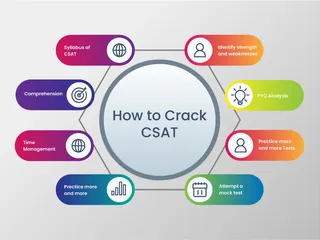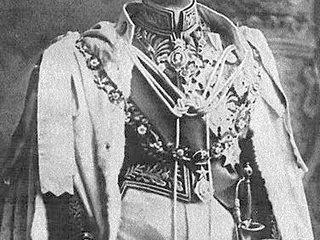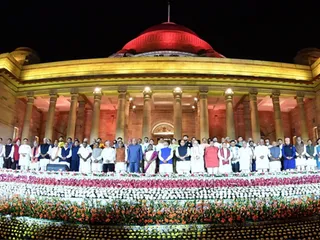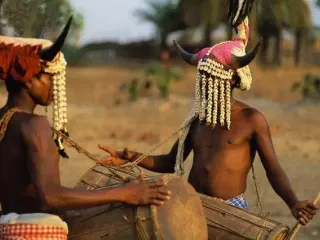The Harappan Civilization, also known as the Indus Valley Civilization, stands as one of the world's earliest and most sophisticated urban societies. Flourishing during the Bronze Age (approximately 3300-1300 BCE), it encompassed a vast area stretching across present-day Pakistan and northwestern India. Its remarkably advanced urban planning, sophisticated craftsmanship, and extensive trade networks have captivated archaeologists and historians for decades, leaving behind numerous questions that continue to fuel research today.
Major Cities and Urban Planning:
The civilization's two largest known cities, Mohenjo-daro and Harappa, showcase an impressive level of urban planning that was unparalleled in its time. These cities were meticulously planned with grid-like street layouts, sophisticated drainage systems, and standardized brick sizes, demonstrating a high degree of centralized authority and engineering prowess. Granaries, public baths (like the Great Bath of Mohenjo-daro), and citadels suggest a well-organized social structure and a focus on communal living. Evidence of residential areas indicates a relatively egalitarian society, albeit with potential distinctions in social status reflected in housing size and location.
Culture and Society:
The Harappans developed a unique culture with evidence of sophisticated craftsmanship. Their artisans produced finely carved seals, intricately designed pottery, and high-quality copper and bronze objects. The standardized weights and measures found across the civilization suggest a unified system of trade and commerce, hinting at a well-established economic network. While the Indus script remains undeciphered, its presence on numerous artifacts underscores the civilization's advanced communication system. Archaeological evidence reveals a varied diet, including wheat, barley, and peas, supplemented by livestock like cattle, sheep, and goats. The discovery of artifacts related to religious practices, such as figurines and ritual objects, suggests a developed spiritual life, although the specifics of their beliefs remain a subject of ongoing investigation.
Trade and Interaction:
The Harappan Civilization engaged in extensive trade networks, extending to Mesopotamia and other regions of the ancient world. The discovery of Harappan artifacts in Mesopotamia, and vice versa, demonstrates a vibrant exchange of goods and ideas. This trade likely involved commodities such as cotton, textiles, beads, and precious stones. The sophistication of their trade networks is further demonstrated by the standardized weights and measures used across the civilization, facilitating efficient exchange and commerce.
Decline and Mystery:
The reasons for the decline of the Harappan Civilization are still debated by scholars. Several theories have been proposed, including climate change, environmental degradation, river shifts, internal conflicts, or a combination of factors. The gradual abandonment of major cities and the dispersal of the population remain a significant puzzle in understanding their history. Ongoing research, including advanced dating techniques and environmental studies, continues to refine our understanding of this fascinating period of human history.
The Harappan Civilization leaves a rich legacy for modern understanding of early urban societies. Its remarkable achievements in urban planning, craftsmanship, and trade networks stand as a testament to human ingenuity and societal organization. As research continues to shed light on the many unanswered questions surrounding their culture and decline, we gain a deeper appreciation of this significant chapter in the story of human civilization.

















